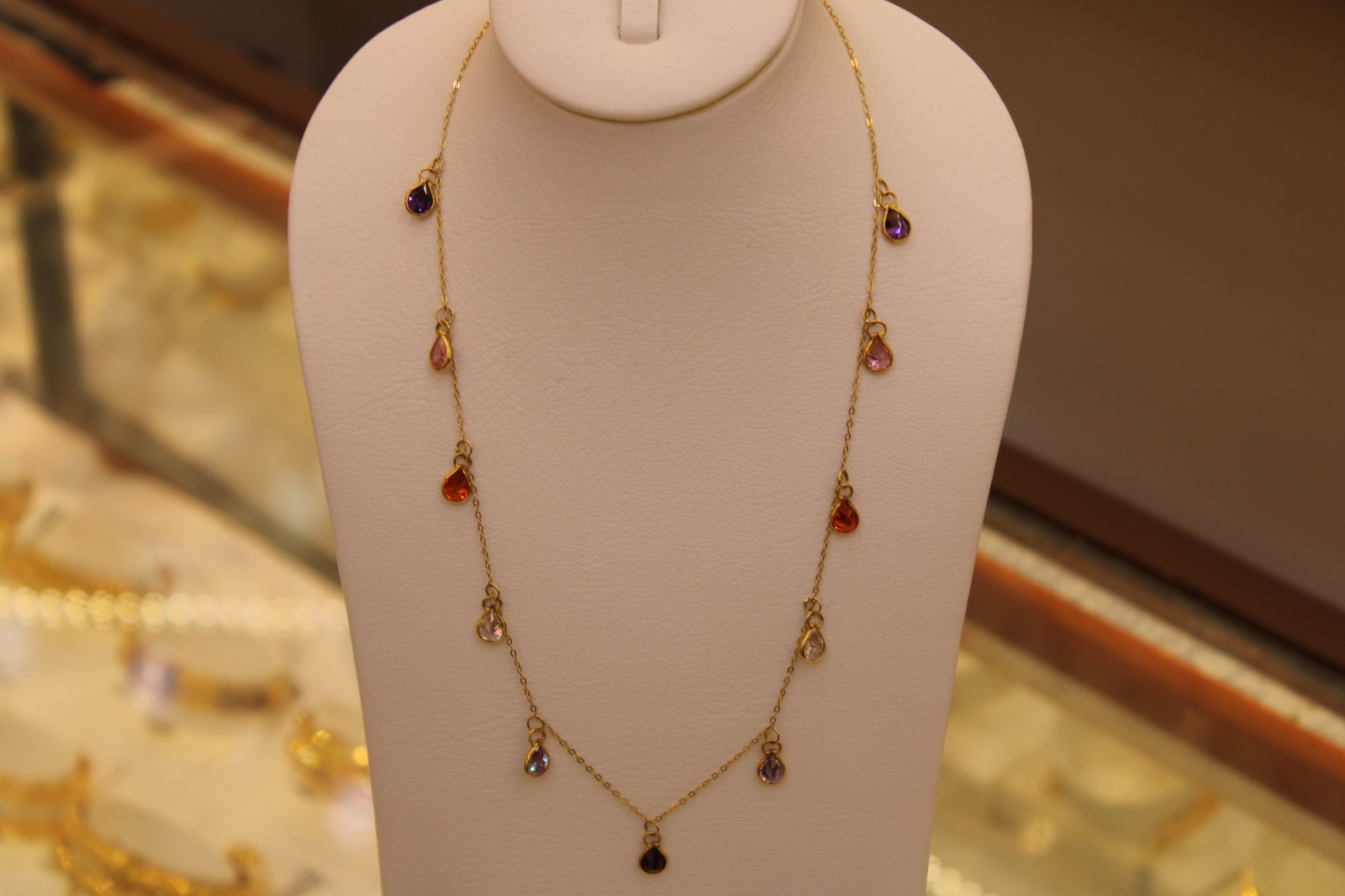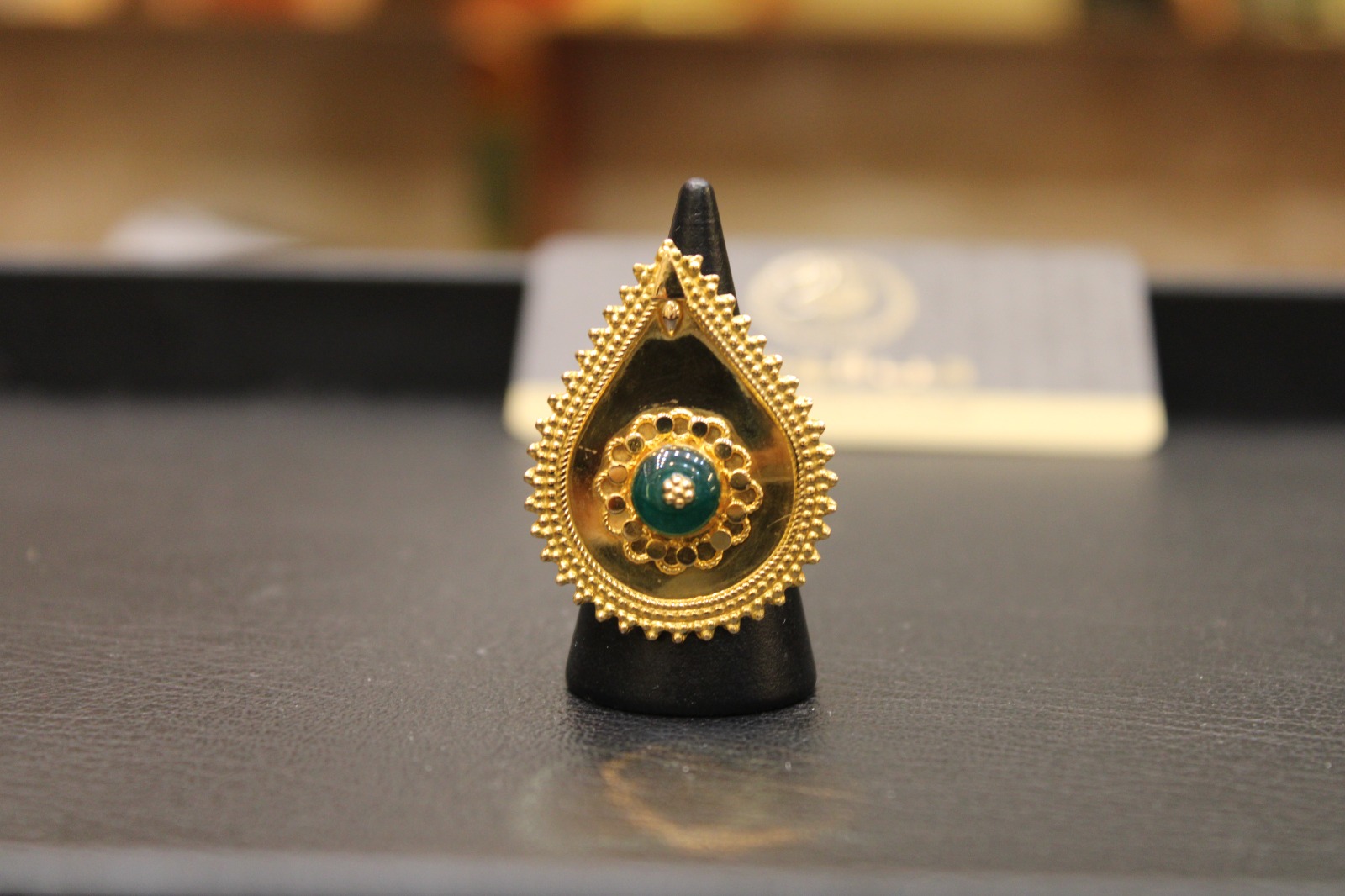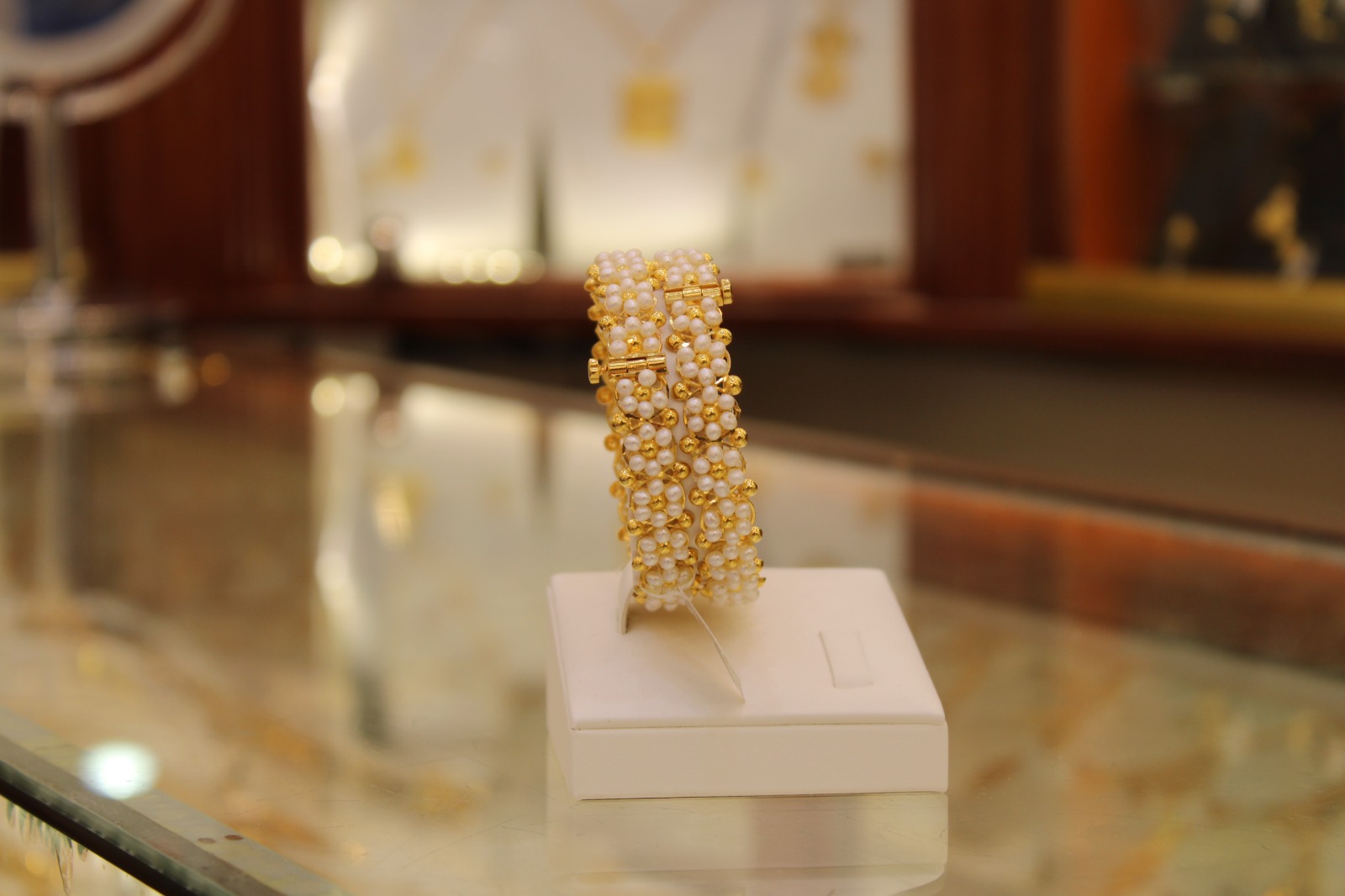The story of gold in Kuwait history
By Tala Bin Hussain
KUWAIT: Trends in gold styles in Kuwait emerged through historical events and inspiration through nature withholding a significant part of Kuwait's history. Kuwait's relationship with gold is deeply intertwined with its social and economic developments and has been an integral part of Kuwait's traditions in form of jewelries, bridal dowries and financial assets.
During the 90s after the Iraqi invasion, Damaat Jaber, which translates to “Tears of Jaber” became a popular pieces of gold feature teardrops gems. It was named in honor of Sheikh Jaber Al-Sabah who cried during his UN speech following Kuwait's liberation in 1991. An important part of any Kuwaiti bride is her Yelwah day where the bride wears a green necklace and is covered from head to toe in gold. The main show stopper is the large necklace she wears around her neck called Kursi Jaber with several large connected moon shaped discs. It is used as a symbol of prestige and a long lasting tradition that is still practiced to this day.
Pearl diving plays a significant role in Kuwait’s culture and history. Divers would search for pearls to sell to merchants, who would then intricately weave these pearls into gold bracelets called Mgammash. The name derives from the Arabic word "Gmasha" referring to a specific type and size of pearl. There is also a special etiquette for wearing rings. For instance, the Al Shahid ring is worn on the pointer finger, a practice linked to the tradition of raising the pointer finger during prayer to testify to Allah's existence.
“The Ottoman Empire had a considerable impact on Kuwait's gold culture. The Turkish lira, once used as currency, now features prominently in gold jewelry. It is a versatile element, appearing in earrings, bracelets, rings, and necklaces. The coin is inscribed with ‘Azz Nasroh, Struck in Constantinople 1327’ and adorned with olive tree branches,” Abo Hassan a gold salesman said. “Dagat Bajala”, a coin the size of a fava bean and a staple in Kuwaiti cuisine, is stamped with the Ottoman flag. This flag was historically hung on every fishing boat in Kuwait.
Kuwait’s rich history with gold reflects a blend of cultural heritage, historical events, and natural beauty. From the emotional significance behind Damaat Jaber to the timeless elegance of the Kursi Jaber, gold has not only symbolized prestige but also woven itself into the fabric of Kuwaiti tradition. The legacy of pearl diving, the unique etiquette of ring-wearing, and the Ottoman influence all highlight how gold has played a crucial role in shaping Kuwaiti identity and social practices.





















